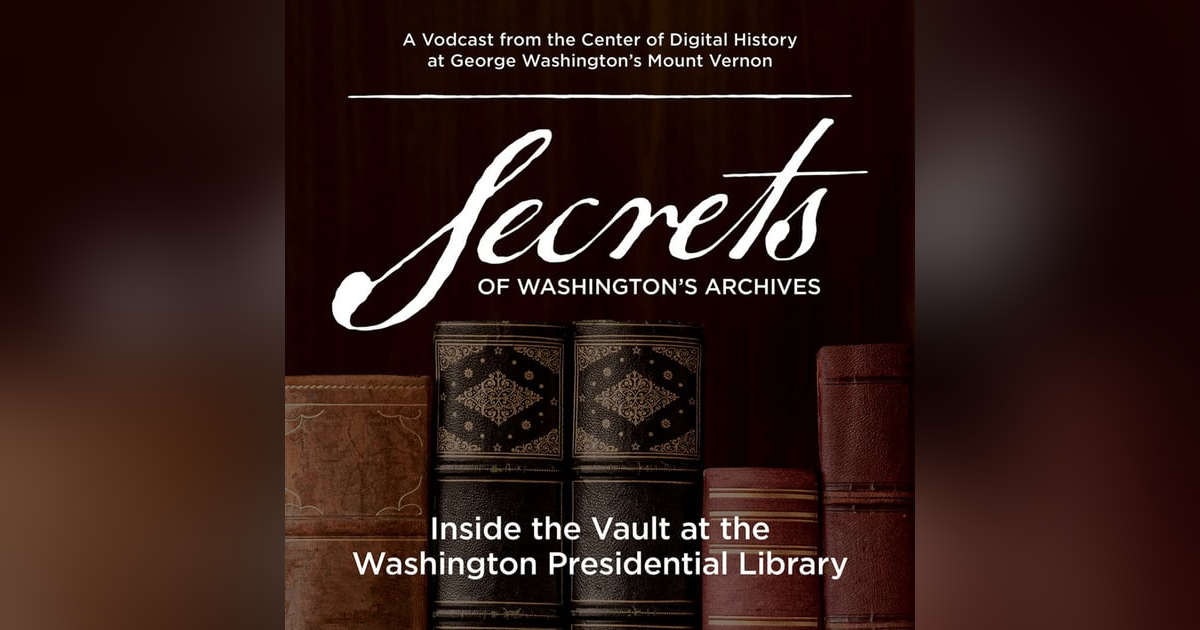George Washington's Study

The study was one of George Washington’s favorite places in his home at Mount Vernon. Located on the south side of the house, it was added as part of the private wing of the mansion after an addition to the home in 1774. The study could easily be accessed through the stairs that connected his bedroom to the space below, allowing him to enter his study early in the morning when he woke at 4:00 a.m. or leave late at night. Washington would start his day looking at correspondence, writing, creating weather reports, and reading newspapers. He continued working, starting his own fire and having breakfast at 7:00 a.m.
In the study, George handled private and personal matters as well as business and military actions. The study in the private wing allowed him to have privacy as he didn’t let many people into his personal space. If he needed to get ready for the day, he shaved and dressed in the closet of his study.
The architectural framing of his study occurred before May 1775, when he left his home to go to the Second Continental Congress. The space of simpler design had less decoration which meant most of the interior of the study could be completed before the end of the year besides the built-in bookshelves that still needed to be constructed and installed.
The study had two windows, four doors, and walls of either wood the color of buff, or walls of plaster the color of putty. The doors measured about 6ft tall (except the smaller door that led to storage space housed under the stairs) with simple molding around them with grooved texture, and had characteristics of Georgian architecture which can be seen in the 6 panels of the doors. The windows allowed sunlight to filter in as well as let George Washington view his expansive land or see the stunning views of the Potomac River which ran behind the house. Venetian blinds covered the windows and if George needed more light he could use candles and lamps.
Wide wooden planks made out of pine ran the width of the room, and molding went along the wooden black baseboard. When George wanted to read he would open the round arched glass-paned doors of his bookshelf to view his collection of books. The shelving had 2 locks and the books housed on these shelves were either duplicates or original pieces. George Washington standing six feet and three and a half inches tall meant he typically used the higher shelves for books. George Washington didn’t have a ladder system to reach these books and either relied on his height or used a lower shelf as a ledge to step up on to reach books on the higher shelves. The cabinets in the study could be used to hold manuscripts, maps, or prints such as the Trumbull prints which could be laid flat in these cabinet spaces.
Constructed on one wall laid the fireplace with doors on either side. If a guest entered the study they would walk past it, and this flow of movement meant he couldn’t place chairs by the fireplace to read as it would block where someone might be walking. Instead, it served as decoration with black marble on the front of the mantel and it allowed for warmth in the room.
George Washington designed his study so it could easily evolve with the changing styles of the time. Decorations or paintings typically c![Lawrence Washington, by unknown artist, c. 1743. Purchase The Mount Vernon Ladies Association, 1936 [W-126]](https://emuseum.mountvernon.org/internal/media/dispatcher/135/preview)
In his study, he had a fan chair (by pumping the pedal to make the fan move, he could stay cool), a secretary desk (made in Philadelphia by John Aitken in 1797), some chairs and other furniture, and his desk chair which could move and swivel due to the rollers on the chair made from wood. The desk chair he referred to as, “an appendage of [his] study” showing his rather fondness for his chair. He also had a dressing table and wash basin made out of copper, so he could dress and wash up before the daily inspections of his many acres of farmland he did by horse. The dressing table constructed from Mahogany wood with accents from European white fir, had a top that could open with hinges and a marble top to be used as the table and a mirror. After his daily surveying, he would come back later for dinner, and then retire for the evening, spending more time in his favorite room of the house until he went to bed.
Bibliography
Carroll, Frances Laverne and Meacham, Mary. The Library at Mount Vernon. Beta Phi Mu Pittsburg, PA, 1977.
Chervinsky, Lindsay M. “George Washington: Life After Presidency,” Miller Center, https://millercenter.org/president/washington/life-after-the-presidency.
Eliassen, Meredith. "Personality." In The Digital Encyclopedia of George Washington, edited by Anne Fertig and Alexandra Montgomery. Mount Vernon Ladies' Association, 2012–. https://www.mountvernon.org/library/digitalhistory/digital-encyclopedia/article/personality/
“George Washington’s Last Will and Testament, 9 July 1799,” Founders Online, National Archives, https://founders.archives.gov/documents/Washington/06-04-02-0404-0001. [Original source: The Papers of George Washington, Retirement Series, vol. 4, 20 April 1799 – 13 December 1799, ed. W. W. Abbot. Charlottesville: University Press of Virginia, 1999, pp. 479–511.]
"George Washington's Study." In The Digital Encyclopedia of George Washington, edited by Anne Fertig and Alexandra Montgomery. Mount Vernon Ladies' Association, 2012–. https://www.mountvernon.org/library/digitalhistory/digital-encyclopedia/article/george-washingtons-study/.
"Lawrence Washington." In The Digital Encyclopedia of George Washington, edited by Anne Fertig and Alexandra Montgomery. Mount Vernon Ladies' Association, 2012–. https://emuseum.mountvernon.org/objects/380/lawrence-washington;jsessionid=8825FFADA3DF3D11456628FE06410B98.
"Study." In The Digital Encyclopedia of George Washington, edited by Anne Fertig and Alexandra Montgomery. Mount Vernon Ladies' Association, 2012–. https://www.mountvernon.org/the-estate-gardens/location/study/.















